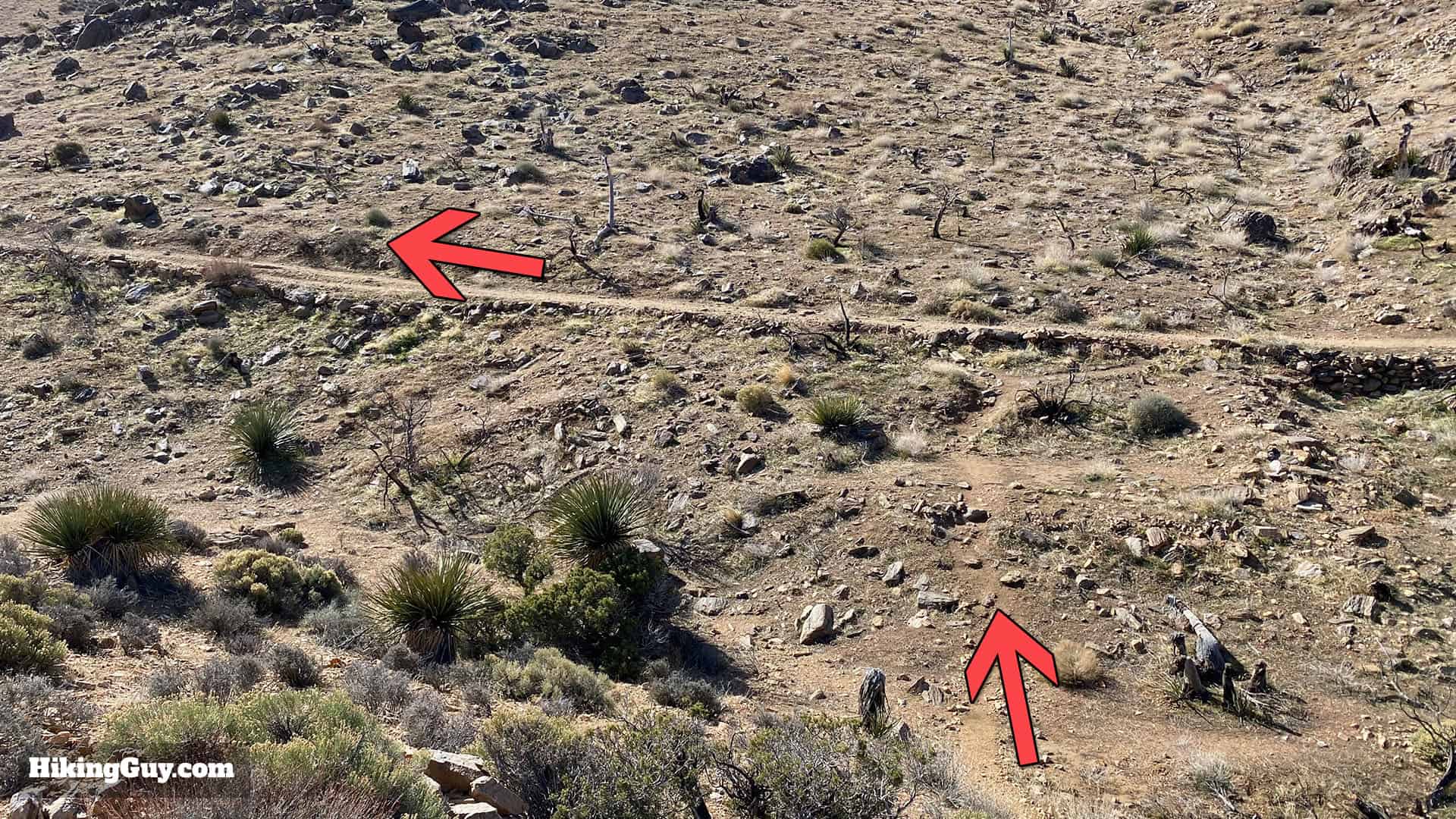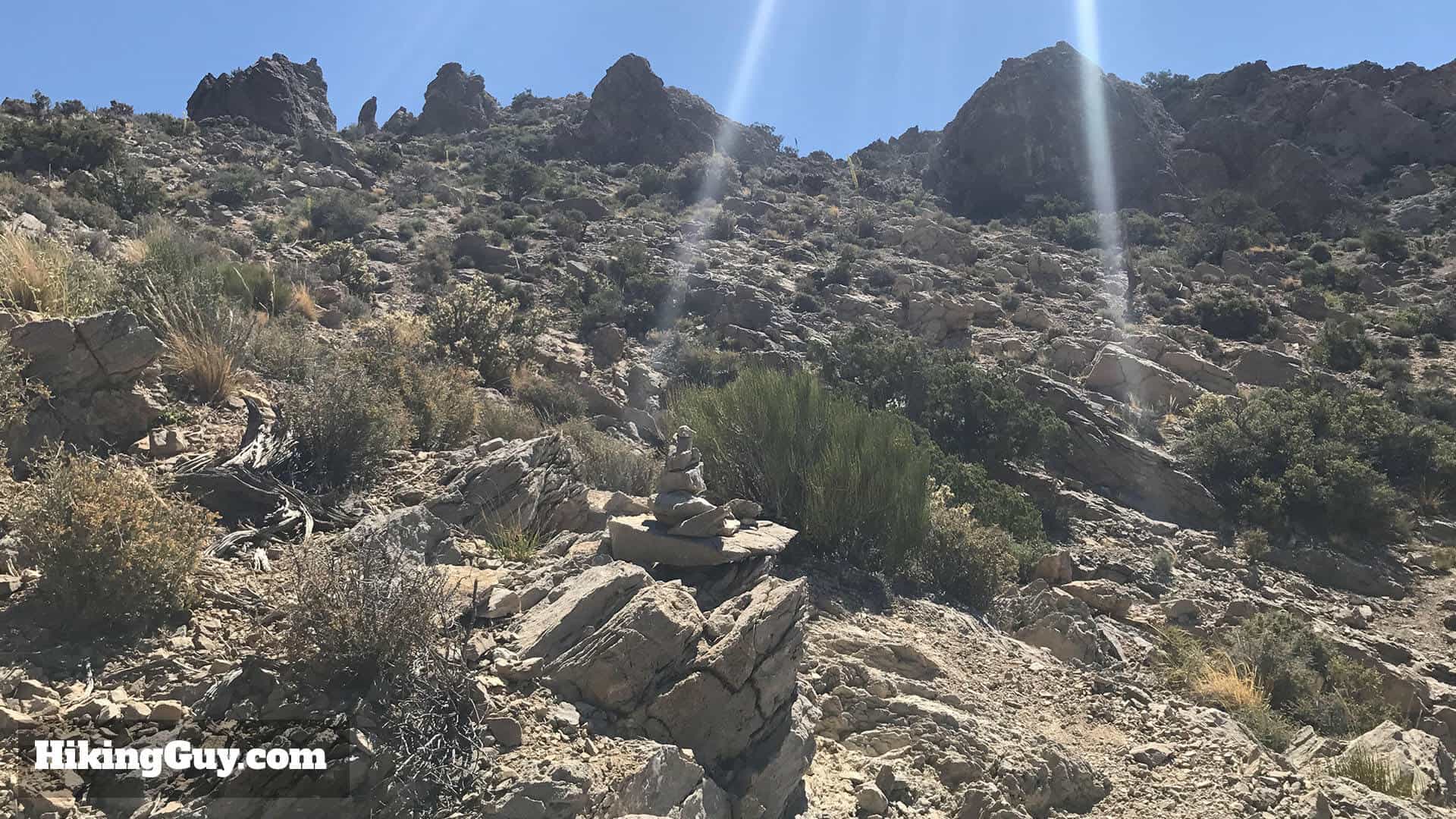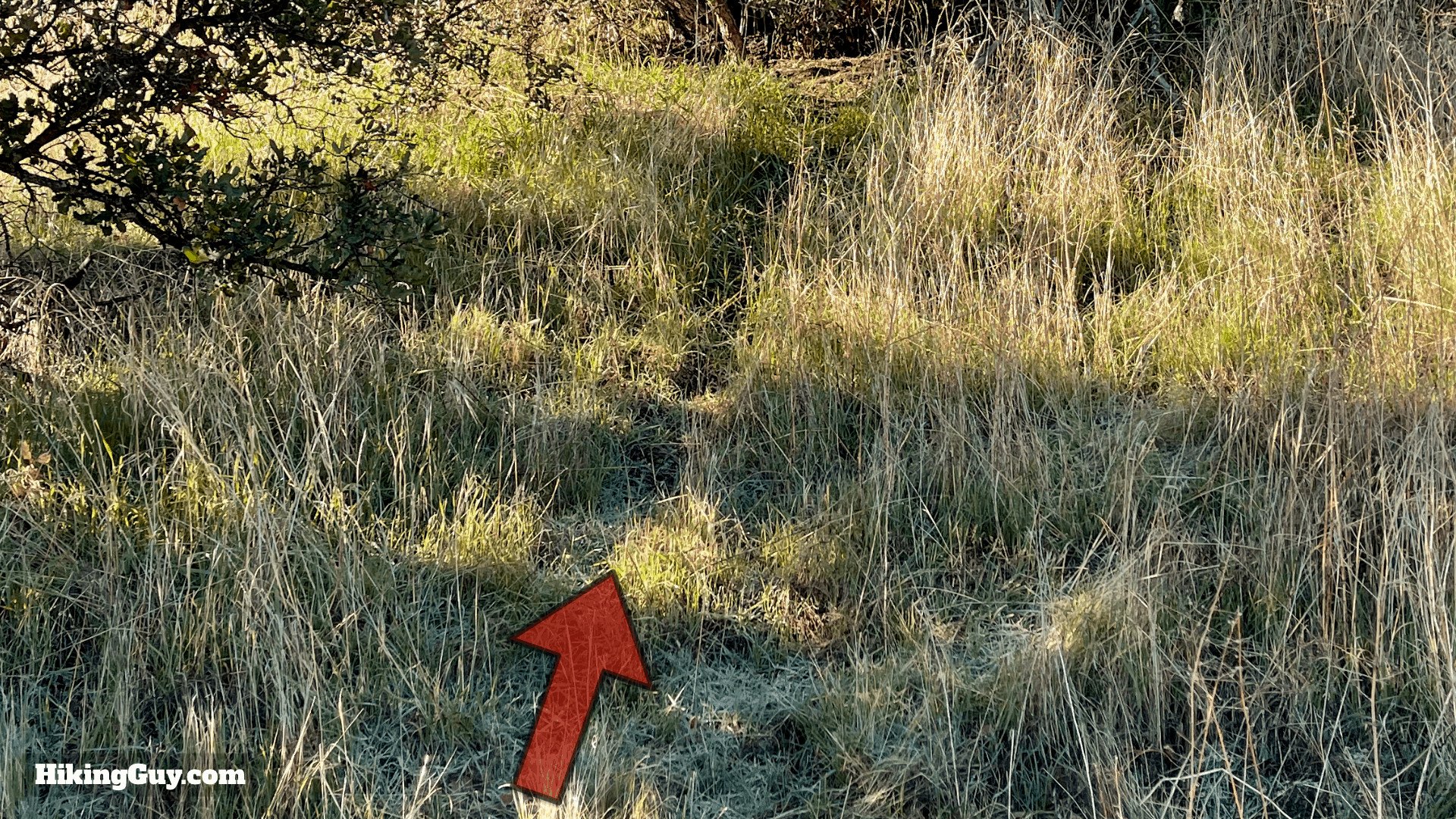
How To Read the Hike Brief
If you're new to hiking (or my website), here's how to understand the hike breakdown.
- Distance - This is the total distance of the hike, start to finish, whether out and back or a loop, as described in the turn-by-turn directions below.
- Difficulty - Describing difficulty is always tough because it depends on so many factors like fitness and conditions. In general, this is the scale:
- Easy – generally flat and/or short, doable by everyone.
- Moderate – some challenges such as hills, or conditions that make the hike more challenging than just a walk in the woods.
- Hard – a tough hike that is generally long and/or includes a lot of climbing.
- Very Hard – a hike that exceptionally difficult, often taking over 10 hours, involving extraordinary amounts of climbing, and/or very challenging conditions.
- Hike Time - This is the total hike time, start to finish, wether out and back or in a loop. If there are alternate distances listed, this is the total time for the main distance of the hike. Times are roughly based on a 2mph pace.
- Trail Popularity - There's always a randomness to whether a hike is busy or not, but with the trail usage data I'm striving to give you a ballpark idea of what type of crowds to expect.
- Can Get Very Busy - Show up at sunrise and/or on a weekday to beat the crowds.
- Expect to See Some Other Hikers - This is a moderately used hike and can get busy on weekends but generally you can expect some solitude.
- Not Often Hiked - This hike (or major portions of it) is off the beaten path and not often hiked.
- Total Feet of Climbing - Many hiking guides just give you the difference in elevation between the start and finish, but what if the hike has lots of ups and downs in between? That's what total feet of climbing (also known as total ascent) is, the total number of feet that you'll climb on the hike, including all the ups and downs. The figure I have is a rough approximation based on the route. There are a lot of variables involved in the calculation. I calculate the figure by removing any abnormalities in my recorded GPX file, and then apply a 8m vertical elevation threshold.
- Max Elevation - This is the highest point on the hike. It's only really important on it's own when it's over 8,000 feet and you're thinking about altitude and potential altitude sickness.
- Dog Friendly - Some parks don't allow dogs in order to protect the local ecosystem, but a good majority of places allow dogs on leash. If you do bring your dog, just remember that some folks are afraid of dogs so please be considerate when approaching other hikers on the trail.
Types of Trails
You might see me refer to different types of trails in the guide. Here's the terminology.



